|
Jun
06
2022
|
|
Posted 3 years 204 days ago ago by Admin
|
|
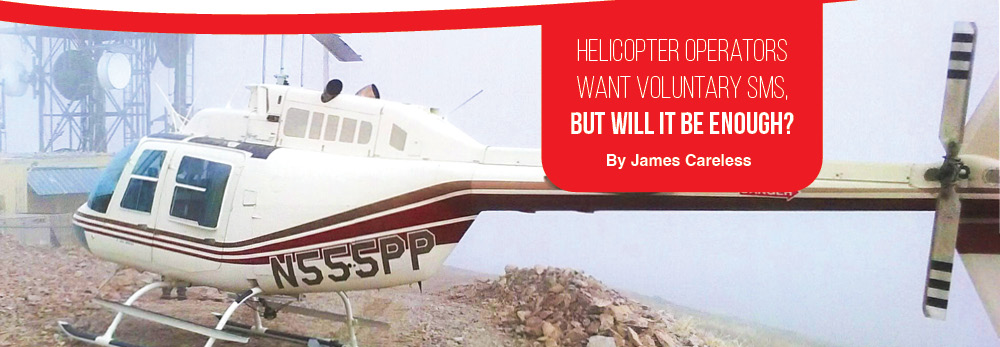
If anyone ever doubted that smaller helicopter operators want to deploy fully featured, voluntary Safety Management Systems (SMS) in their companies, that doubt was dispelled in 2021. This was when Helicopter Association International (HAI) surveyed its members and found that a significant number of them wanted access to turnkey SMS support programs designed for small helicopter operators.
In response to this desire for comprehensive voluntary safety management, HAI sought bids from 14 SMS software providers to help the association launch an affordable, members-only turnkey solution called the HAI SMS Program. Although all 14 bids passed muster, three were so well suited to HAI members’ needs that the association chose them as HAI SMS providers. For the record, these SMS providers are Air Charter Safety Foundation, Baldwin Safety and Compliance, and WYVERN Ltd.
“One of the most exciting elements of the HAI SMS Program is how quickly and efficiently it will help to improve safety across operations,” said HAI President and CEO James Viola when HAI SMS was announced in October 2021. “Signing up for the program through one of these providers should save most of our members more money than the cost of their HAI membership.”
Since being launched, the HAI SMS Program has indeed proven popular with HAI members. This being said, “every helicopter operator has some degree of voluntary SMS program in place already, even if they don’t call it by that name,” said Chris Hill, HAI’s director of safety. “Their SMS programs are at varying stages of maturity supported by varying levels of safety culture within their organization. So, the HAI SMS goal is to connect these operators with qualified providers to help them understand the gaps in their current systems and what they need to do to improve their SMS.”
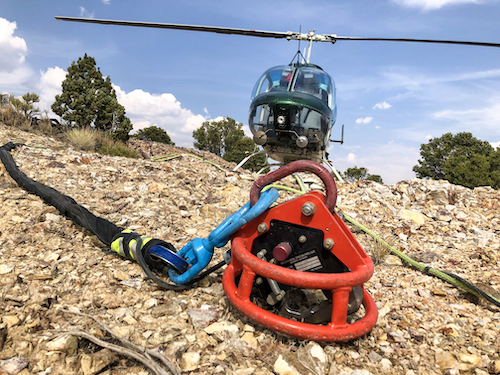
HAI SMS Snapshot: El Aero Services
Based in Elko, Nevada, El Aero Services LLC ('El Aero’) has been offering helicopter services to the northern part of the state and the Intermountain West region since 1973. El Aero flies two Bell Helicopter 206 Series L-4TR Long Rangers and one Bell 206B3 Jet Ranger to support aerial mapping/photography, geophysical and mining surveys, and tourism, among other services..
El Aero Services is one of those HAI members who took the association up on its voluntary SMS offer. They want to be sure that their voluntary SMS efforts are complete, well-defined, and adhered to in daily practice.
To reach this goal, “We chose Baldwin Aviation as our SMS program provider,” said Jairus Duncan, El Aero services director of operations and utility helicopter pilot. “We picked them after reading about their new HAI sponsored programs, and after meeting with them in person.”
In choosing Baldwin Safety and Compliance, El Aero got a supplier who can help them enhance the SMS functions they already have in place and add those that they may be missing. This is because Baldwin Safety “is actually a vendor that supports implementing and maintaining an SMS,” said Jason Starke, Baldwin’s director of safety. “We develop scalable safety management software that allows organizations to customize SMS tools, processes, and workflows to help make SMS applicable. Not only are we developing cutting-edge software solutions to help organizations manage safety through data collection and analysis, but we also have a team that is passionate about helping organizations implement and maintain a robust and effective SMS. Our ‘peopleware’ solution is key in assisting organizations to not only learn how to use our applications, but also understand how safety management operates in the context of their organization.”
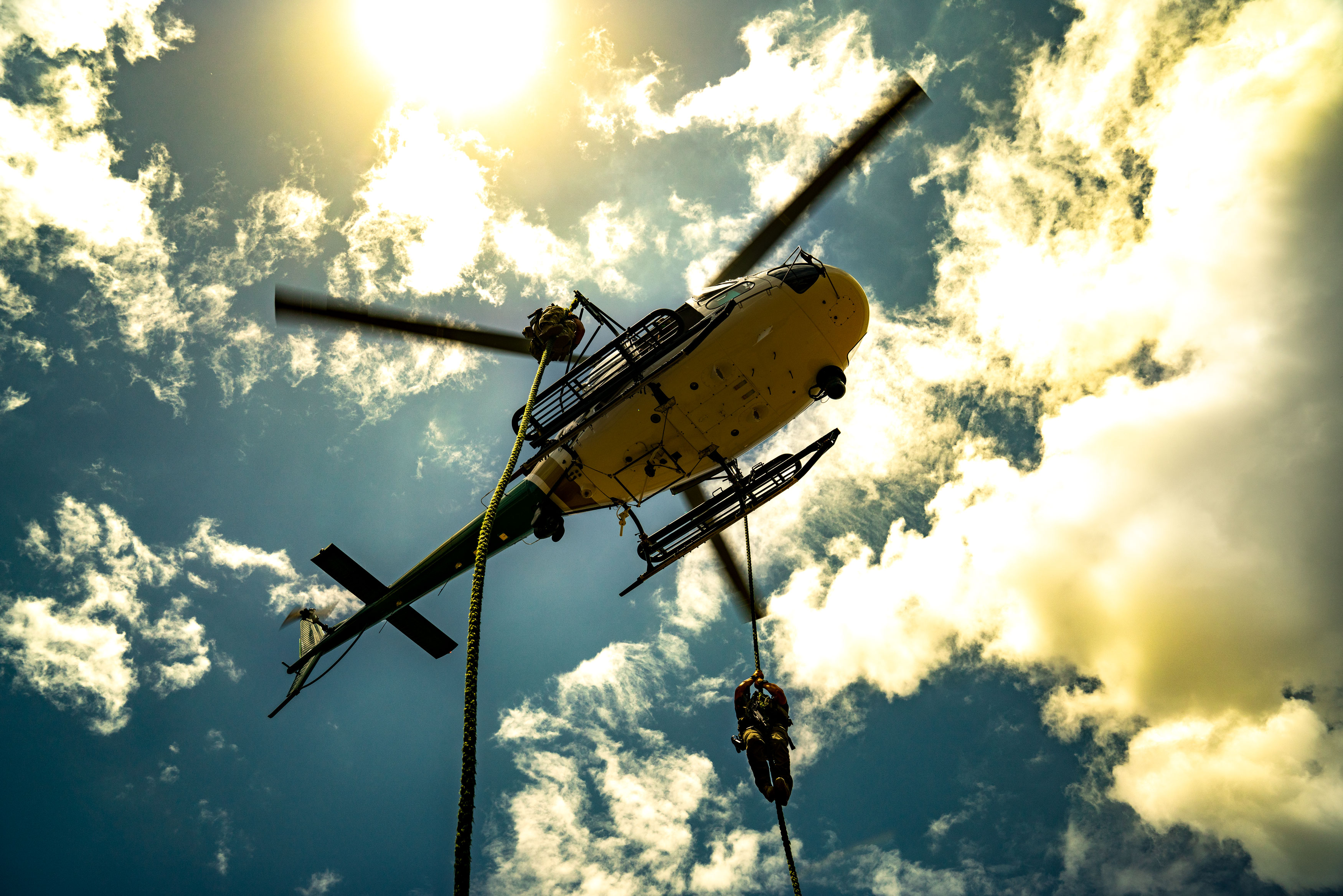
The Big Picture
HAI’s efforts to encourage voluntary SMS adoption is driven by a desire to improve rotorcraft flight safety while reducing risks to crews and passengers alike. However, the association also has an eye on the big picture: Promoting voluntary SMS adoption is a preferred alternative to the FAA forcing this requirement onto the helicopter industry.
In fact, the National Transportation Safety Board (NTSB) wants the FAA to compel passenger-carrying fixed- and rotary-wing operators to implement SMS. The NTSB has even included mandatory SMS in its “2021-2022 NTSB Most Wanted List of Transportation Safety Improvements” document, which reads:
"By establishing an effective safety management system (SMS) and creating a safety culture aimed at making safety a focus first and always, operators will improve aviation safety and reduce the risk of accidents. In 2015, the Federal Aviation Administration (FAA) required commercial airliners to develop a comprehensive SMS to improve safety for the flying public. Yet, the FAA has not required other revenue passenger-carrying operators to have one. Although we have seen some voluntary adoption of SMS programs, a vast majority of operators continue operating without an SMS in place. It's time more [operators] got on board. The risk to the flying public is too great not to."
To make its case, the NTSB cited three of its accident reports, including one helicopter example: “On March 11, 2018, about 1908 eastern daylight time, an Airbus Helicopters AS350 B2, N350LH, lost engine power during cruise flight, and the pilot performed an autorotative descent and ditching on the East River in New York, New York,” reads the NTSB accident report. “The pilot sustained minor injuries, the five passengers drowned, and the helicopter was substantially damaged. The FlyNYON-branded flight was operated by Liberty Helicopters Inc. (Liberty), per a contractual agreement with NYONair.”
According to the NTSB investigation: “The probable cause of this accident was Liberty Helicopters Inc.’s use of a NYONair-provided passenger harness/tether system, which caught on and activated the floor-mounted engine fuel shutoff lever and resulted in the in-flight loss of engine power and the subsequent ditching. Contributing to this accident were ... Liberty’s and NYONair’s deficient safety management, which did not adequately mitigate foreseeable risks associated with the harness/tether system interfering with the floor-mounted controls and hindering passenger egress.”
It is in this context that the HAI SMS Program needs to be viewed. By taking part in it, HAI member companies may be able to blunt the NTSB’s argument, by proving that the helicopter industry is sufficiently mature and responsible enough to police and manage its safety requirements through its own voluntary actions, rather than being told how to do so by the government.
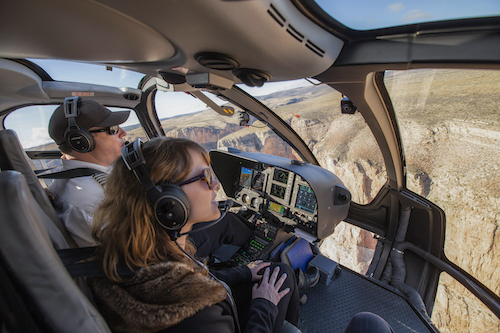
Questions Remain
There are two conclusions about voluntary helicopter SMS that can be drawn so far in this article. First, the member demand that led to the creation of the HAI SMS Program proves that many operators want to improve safety management at the companies on their own initiative. Second, if the helicopter industry doesn’t implement fully-featured SMS programs on their own initiative, the federal government may do it for them.
This is where things get tricky: The degree of sincere devotion to high voluntary SMS standards varies from operator to operator. This fact, in turn, raises questions such as, how viable is voluntary SMS? Is it enough to satisfy the FAA or not?
The answer to both questions depend on the sincerity and commitment of the helicopter industry to high voluntary SMS standards and results – and their willingness to keep supporting them year in and year out.
“For an SMS to succeed, there has to be real buy-in by company leadership,” said Eric Hamp, director of operations at Blue Hawaiian Helicopter Tours in Kahului, Hawaii. “This means the CEO plus the process owners, that is the people in a position to set SMS standards and procedures and ensure that people adhere to them.”
“The SMS I’ve seen that seem to be successful are the ones where those in charge actually understand and embrace the whole process,” Hamp added. “This includes being properly trained in safety to make sure that they know what needs to be in place and what needs to be done on an ongoing basis.”
“Any SMS program is only as good as the people who use it; anyone can 'game' the system if they want to,” warned Duncan, the El Aero services director. “In order for an SMS to work properly from the beginning, you have to have good people to start with.”
This being said, voluntary SMS systems implemented by companies who have spent the time and money to do this fully can deliver real results. “When a mature safety system is in place, and the safety culture is positive, you can see a quantitative reduction in near-miss incidents and/or accidents,” said Chris Martone, a helicopter pilot with Chevron. “This reduction more than makes up for the budget that is allotted to run the program.”
Ah, budget: the question of money is one that dogs the efficacy of voluntary SMS. “I've heard people talk about SMS by saying things like, ‘you’ve got to track how much money you're saving when you implement it’,” Hamp said. “This is something you come across when you go to some of the seminars or read some of the sales pitches for SMS. They're like, ‘Oh yeah, it's gonna save you money.’ Unfortunately, I think that kind of appeal takes away from the essence of what SMS is trying to accomplish. I do think that it will ultimately save you money, but you just need to believe that's going to happen after you've attacked all of your risks.”
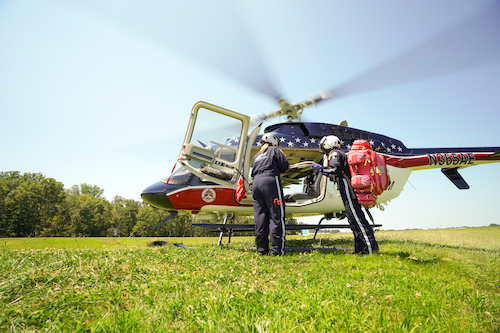
The Bottom Line
One can only hope that the HAI SMS Program and other industry efforts are enough to justify voluntary SMS implementations. If not, Washington may well be happy to step in. “The FAA has indicated that they're on the way to expanding SMS requirements for passenger-carrying operations for Part 135 operators and perhaps some others as well,” said Hill. “But we like to encourage folks to embrace SMS implementation long before a regulatory body requires them to do so. That is why we came up with the HAI SMS Program.”
Far-sighted helicopter operators who need SMS support would be wise to give the HAI SMS Program serious consideration. If Hill is right and the FAA eventually enforces the implementation of SMS, such helicopter operators will be ready for the change. And even if the FAA doesn’t, having a fully fledged SMS in place is a responsible, intelligent action for a helicopter operator to take.
For more on the HAI SMS Program, go to https://rotor.org/resources/sms-program.
READ MORE MAR/APR ISSUE
READ MORE ROTORCRAFT PRO
WATCH ROTORCRAFT PRO YOUTUBE CHANNEL
You can also find us on
Instagram - https://www.instagram.com/rotorcraftpro/
Facebook - https://www.facebook.com/rotorcraftopro
Twitter - https://twitter.com/justhelicopters